Unlocking Precision: A Deep Dive into Crystal Oscillators
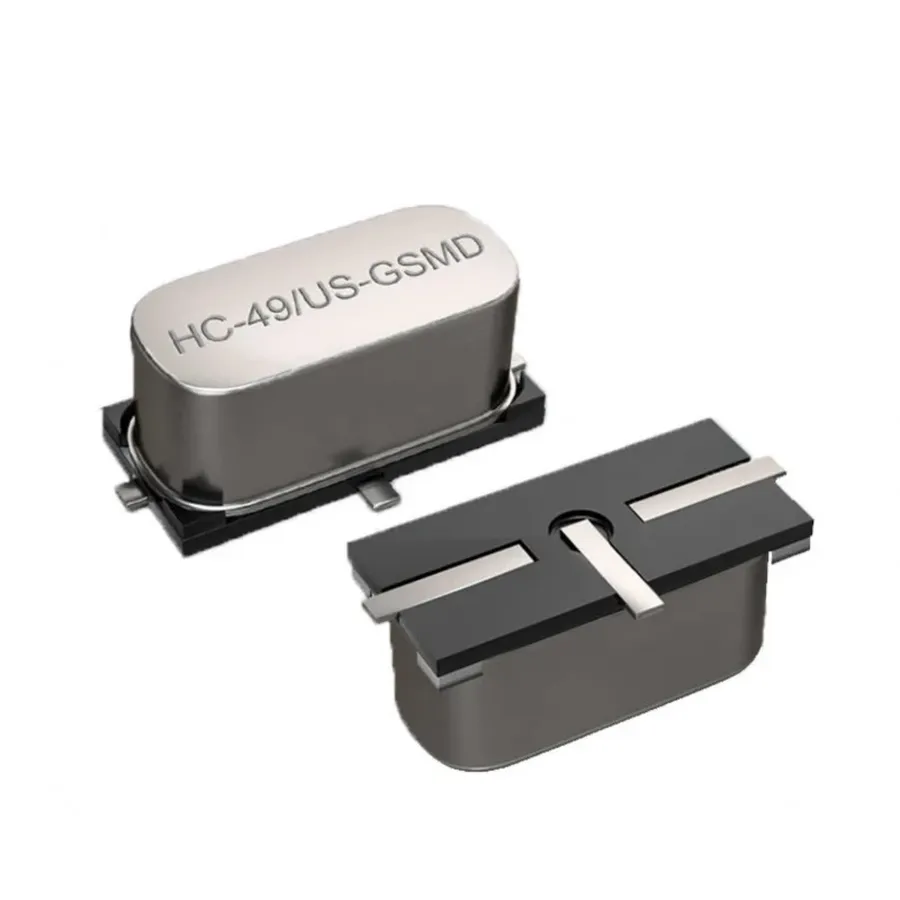
In our fast-paced digital world, precision is key, and crystal oscillators are the unsung heroes that make it all tick. From your smartphone to the most advanced scientific equipment, these tiny components ensure accurate timing and frequency stability. Imagine a world without synchronized signals – chaos would reign! This article will explore the fascinating science behind crystal oscillators, their working principles, and their diverse applications, connecting their significance in technology with their impact in daily life.
What is a Crystal Oscillator?

A crystal oscillator is an electronic circuit that utilizes the mechanical resonance of a vibrating crystal of piezoelectric material to create an electrical signal with a highly precise frequency. This precisely generated frequency serves as a foundational timing reference in numerous electronic devices, from the simplest timekeeping circuits to the complex synchronization of digital systems.
At its core, a crystal oscillator leverages the unique properties of certain materials, typically quartz, which exhibit the piezoelectric effect. This effect allows for the conversion of mechanical stress into electrical energy, and conversely, electrical energy into mechanical deformation. This reciprocal relationship is critical to the operation of these devices.
The Science Behind Crystal Oscillators: The Piezoelectric Effect
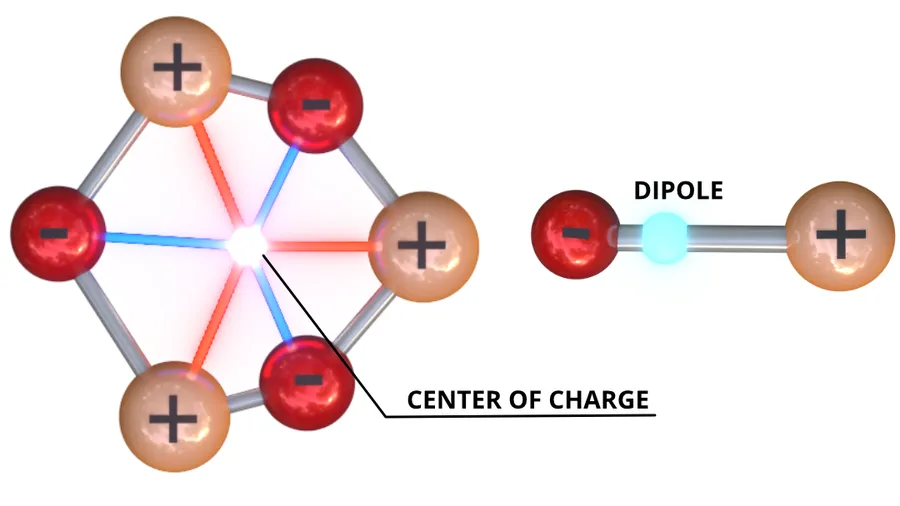
The remarkable precision of crystal oscillators stems from the piezoelectric effect, a fundamental physical phenomenon where certain materials generate an electrical charge in response to applied mechanical stress, and conversely, deform mechanically when subjected to an electrical field. This bidirectional energy conversion forms the basis of crystal oscillation.
Specifically, within a crystal oscillator, a quartz crystal (most commonly) is cut into a precise shape and size, enabling it to vibrate at a specific resonant frequency when an electrical signal is applied. Conversely, mechanical stress on the crystal due to its vibration produces an electrical signal. This coupled electromechanical behavior enables the crystal to maintain a stable and precise oscillation.
The frequency of oscillation is primarily determined by the crystal's physical dimensions, and this natural frequency makes crystal oscillators extremely stable, providing a reliable timing reference for a wide variety of electronic applications.
The piezoelectric effect is characterized by a linear relationship between mechanical stress (T) and electric field (E) or electric displacement (D) in the material. This relationship can be mathematically expressed as: D = dT + εE, where d is the piezoelectric coefficient and ε is the permittivity. Similarly, the mechanical strain (S) can be related to stress and electric field: S = sT + dE, where s is the mechanical compliance. These equations show the energy conversion mechanism. The piezoelectric material itself can also be considered as an equivalent electric circuit. The motional parameters of this model can be computed from the material parameters and the physical dimensions of the piezoelectric resonator. These equations quantify the precision of the device.
How a Crystal Oscillator Circuit Works?
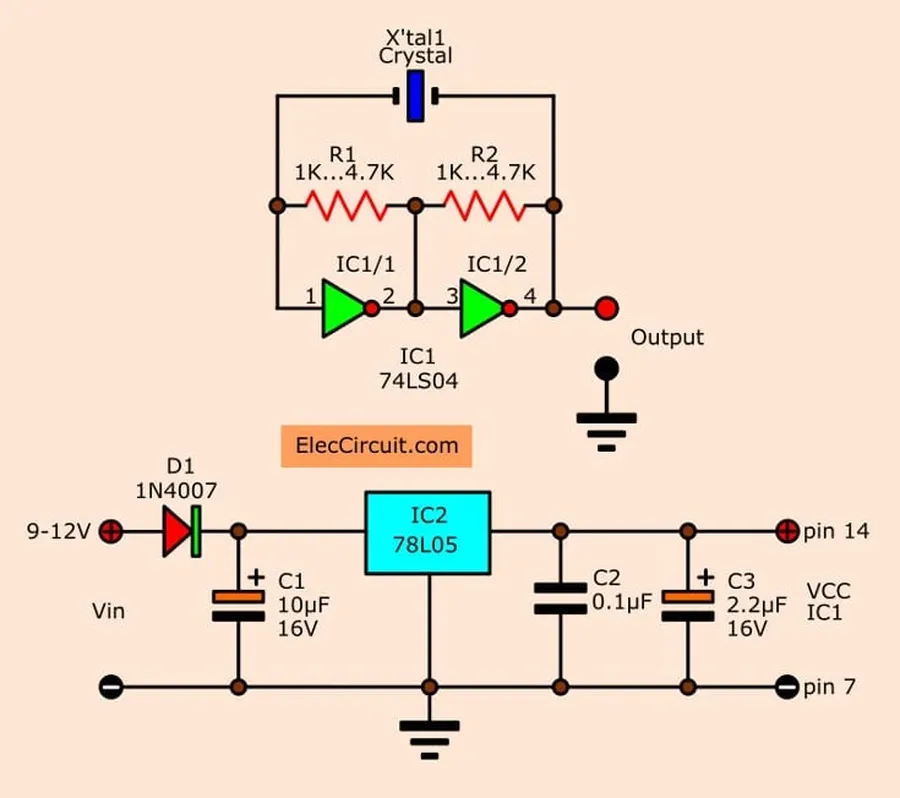
A crystal oscillator circuit leverages the unique properties of a piezoelectric crystal to generate a stable, precise oscillating electrical signal. The core principle involves resonating the crystal at its natural mechanical frequency within an electronic circuit, using a combination of carefully chosen components to initiate and sustain oscillations.
The typical circuit design involves a crystal unit, capacitors, and an active amplifying element, usually a transistor or a logic gate. The crystal, a quartz crystal for example, is placed in a feedback loop of the amplifier. The crystal acts as a high-Q resonant circuit, providing a very sharp resonance at its fundamental frequency and any harmonic frequencies.
Here's a breakdown of how this circuit operates:
- Initial Excitation:
When power is initially applied to the circuit, random noise fluctuations provide the initial excitation. This noise contains a broad range of frequencies. - Crystal Resonance:
The crystal starts to vibrate mechanically due to the piezoelectric effect at its natural resonant frequency. The crystal behaves like a series RLC resonant circuit at this frequency, offering very low impedance and allowing only current at the resonant frequency to pass readily. - Amplification:
The electrical signal, at the resonant frequency of the crystal, is fed back into an amplifier. The amplifier increases the amplitude of the signal. - Feedback Loop:
The amplified output is then fed back to the crystal input, thereby creating a positive feedback loop. This feedback sustains the oscillation at the crystal's precise resonant frequency. - Capacitors Role:
Capacitors in the circuit are crucial. They can be used to tune the oscillator slightly, help with filtering out unwanted harmonics and are also part of the circuit's impedance matching. For example, series capacitors can help ensure the correct phase shift around the loop, to ensure the loop gain is greater than unity and to guarantee that stable oscillation occurs. Shunt capacitors allow for a controlled impedance at the input and output nodes of the circuit. - Stable Oscillation:
The feedback mechanism ensures that the oscillation is self-sustaining, resulting in a stable and accurate output frequency determined by the physical properties of the crystal and its cut angle.
The amplifier ensures the gain around the feedback loop exceeds unity and provides the necessary energy to compensate for the losses in the circuit and maintain the oscillation. The crystal's inherent high Q-factor and stability is the key to ensuring very accurate timing within the circuit.
Types of Crystal Oscillators: A Detailed Comparison
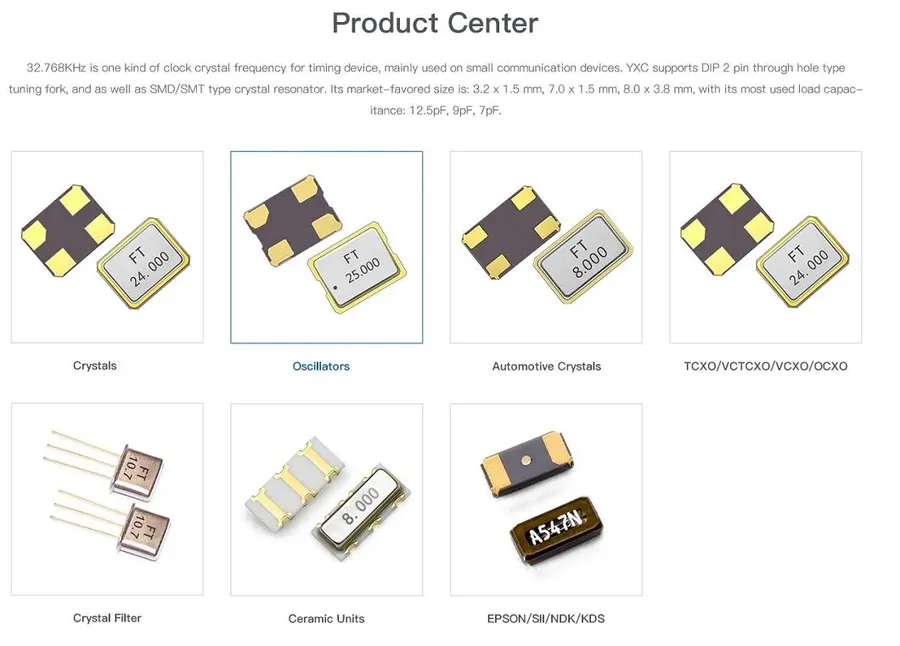
Crystal oscillators are not monolithic; several circuit configurations leverage the piezoelectric properties of crystals to produce stable oscillations. These configurations, each with unique characteristics, cater to a range of applications. Understanding their differences is crucial for selecting the optimal oscillator for a specific design.
| Oscillator Type | Circuit Configuration | Advantages | Disadvantages | Common Applications |
|---|---|---|---|---|
| Pierce Oscillator | Simple circuit with a crystal and two capacitors in a feedback loop. It is generally driven by an inverter. | Simplicity, low component count, reliable starting, cost-effective. | Lower stability with higher capacitance, less tuning flexibility. | General-purpose timing, microcontrollers, basic clocks. |
| Colpitts Oscillator | Uses a capacitive voltage divider in the feedback network. | Stable frequency, lower harmonic content, can operate at higher frequencies. | Requires more components, less robust starting, less frequency tuning capability than Clapp. | RF signal generation, high-frequency applications, radio receivers, and transmitters. |
| Hartley Oscillator | Uses an inductive voltage divider in the feedback network. | Relatively simple design, wide frequency range. | Less stable than Colpitts or Pierce. Output has higher harmonic content, more susceptible to temperature and load variations. | RF applications where precise frequency is less critical. |
| Clapp Oscillator | Variation of Colpitts with an added capacitor in series with the crystal. | Very high frequency stability, excellent temperature compensation, precise frequency control. | Complex, requires precise component values, slightly more expensive. | High-precision timing, critical frequency applications. |
Crystal Oscillator Specifications: Frequency, Stability and Tolerance
Crystal oscillator performance is dictated by several critical specifications, primarily frequency, stability, and tolerance. These characteristics determine the oscillator's suitability for specific applications, with tighter specifications generally commanding higher costs but delivering superior performance.
| Specification | Description | Impact on Performance |
|---|---|---|
| Frequency | The nominal oscillation rate of the crystal, typically measured in Hertz (Hz). | Determines the clock speed of digital circuits and the carrier frequency of communication systems. |
| Frequency Tolerance | The allowable deviation from the nominal frequency at room temperature, often expressed in parts per million (PPM). | Indicates the initial accuracy of the oscillator's frequency. Lower PPM values represent a higher accuracy. |
| Temperature Stability | The maximum frequency variation over a specified operating temperature range, commonly expressed in PPM. | Critically impacts performance in environments with temperature variations. Lower PPM values indicate better stability. |
| Aging | The gradual change in frequency over time, due to crystal degradation. | Long-term drift affects the system's reliability and accuracy. Lower aging rates are preferred for critical applications. |
The selection of a crystal oscillator must align with the specific application’s demands. For instance, time-keeping devices require exceptional frequency stability and low aging rates. Conversely, less stringent applications might tolerate wider tolerances and less precise specifications, which can reduce costs.
Benefits of tighter specifications include improved system accuracy, reliability, and reduced need for recalibration, which ultimately leads to enhanced product performance.
Crystal Oscillator Applications: Where are they Used?
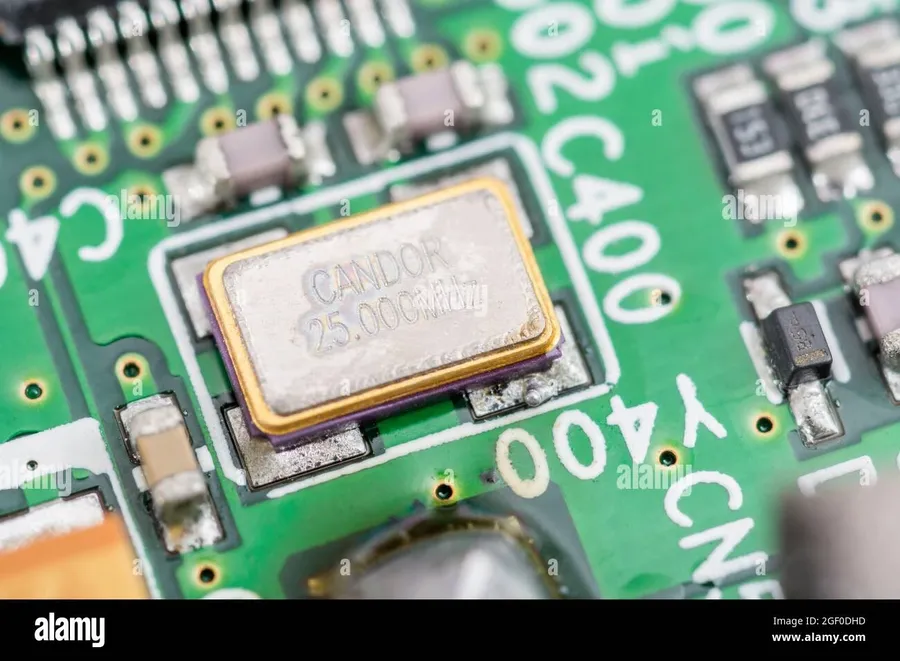
Crystal oscillators, with their high accuracy and stability, are indispensable components in a vast array of electronic devices and systems. Their precise timing signals underpin critical operations across diverse fields. The specific application of a crystal oscillator is heavily dependent on its frequency, stability and size. Here, we explore some of the key areas where these devices are utilized.
- Microprocessors and Microcontrollers
Crystal oscillators provide the clock signal that synchronizes all operations within microprocessors and microcontrollers. The accuracy of this clock signal is critical for reliable data processing and control operations. These are the most common application of crystal oscillators. - Communication Systems
In communication systems, including radio transmitters, receivers, and network equipment, crystal oscillators are essential for generating stable carrier frequencies. This enables precise tuning, frequency modulation, and demodulation, ensuring clear and reliable communication. - Timekeeping Devices
From wristwatches to industrial timers, crystal oscillators are widely used in timekeeping applications. Their high accuracy allows for precise time measurements, with frequency variations typically measured in parts per million. - Frequency Control Applications
Crystal oscillators play a crucial role in various frequency control applications, including signal generators, frequency synthesizers, and phase-locked loops. These circuits rely on the stable and accurate frequencies of crystal oscillators for precise operation. Examples include signal processing and medical equipment. - Automotive Electronics
Modern vehicles use crystal oscillators in a variety of applications, such as engine control units (ECUs), anti-lock braking systems (ABS), and infotainment systems. The stability and precision of crystal oscillators are critical for reliable performance in the automotive environment. Safety-critical applications require high accuracy and stability. - Consumer Electronics
Crystal oscillators can be found in a myriad of consumer electronics, from mobile phones to gaming consoles and digital cameras. They provide the clock signals that are necessary for proper operation of these devices. Their low cost and reliability make them ideal for mass-produced electronics. The smaller the device, the more critical size constraints become.
Crystal Oscillators vs. Other Timing Devices: A Comparative Analysis
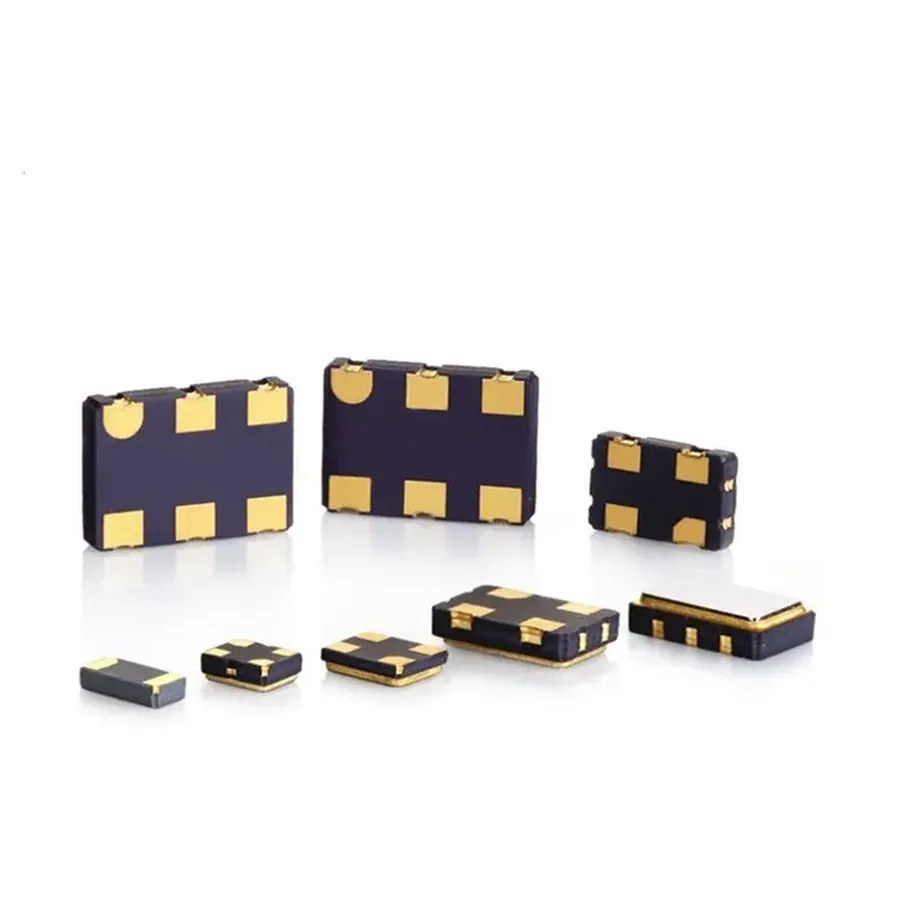
Crystal oscillators, while offering exceptional frequency stability, are not the only solution for timing in electronic circuits. This section provides a comparative analysis with RC oscillators and MEMS oscillators, highlighting their respective advantages and disadvantages in terms of stability, cost, and application suitability.
| Feature | Crystal Oscillator | RC Oscillator | MEMS Oscillator |
|---|---|---|---|
| Frequency Stability | Excellent (ppm range) | Poor (percentage range) | Good (low ppm range) |
| Accuracy | Very High | Low | Medium to High |
| Cost | Moderate | Low | Moderate to High |
| Temperature Sensitivity | Low | High | Low to Moderate |
| Size | Moderate | Small | Small |
| Power Consumption | Moderate | Low to Moderate | Low |
| Start-up time | Moderate | Fast | Fast |
| Typical Applications | Microprocessors, Communication Systems, Precise Timekeeping | Simple Timers, Basic Circuits, Non-critical timing | Wearable electronics, IoT, Consumer electronics |
| Aging Effects | Very Low | High | Low |
RC oscillators, based on a resistor and capacitor, offer the lowest cost and simplest implementation, but they suffer from poor frequency stability and accuracy, making them unsuitable for applications requiring precise timing. MEMS oscillators, fabricated using microelectromechanical systems technology, provide a good balance between stability, size, and cost, although their stability is generally inferior to that of crystal oscillators. The choice among these depends critically on the demands of the particular application.
Frequently Asked Questions About Crystal Oscillators
This section addresses common questions regarding crystal oscillators, providing clear and concise answers to enhance understanding of their function, usage, and relevance in modern electronics. The answers aim to clarify any confusion or knowledge gaps a user might have concerning crystal oscillators.
- What is a crystal oscillator?
A crystal oscillator is an electronic circuit that uses the mechanical resonance of a vibrating crystal of piezoelectric material to create an electrical signal with a very precise frequency. This frequency is highly stable, making crystal oscillators crucial for accurate timing in a wide array of electronic applications. - Are crystal oscillators still used in modern electronics?
Yes, crystal oscillators remain a fundamental component in modern electronics. Despite the development of alternative timing technologies, their high stability, precision, and relatively low cost make them indispensable for applications requiring accurate timekeeping, frequency control, and clocking signals in microprocessors and communication systems. - What is the main advantage of using a crystal oscillator?
The primary advantage of a crystal oscillator is its exceptional frequency stability. This stability ensures that devices operate consistently and accurately over time and across temperature variations. Crystal oscillators provide a level of timing precision unmatched by other common oscillator types. - What are the common types of crystal oscillators?
Several types of crystal oscillator circuits exist, each with unique characteristics and suitability for different applications. Common types include Pierce, Colpitts, and Hartley oscillators, and these differ in circuit design, the number of components used, and performance characteristics such as frequency stability and noise levels. - How does temperature affect a crystal oscillator's performance?
Temperature fluctuations can influence the resonant frequency of a crystal oscillator. While crystals themselves have low temperature coefficients, temperature stability is managed through temperature compensation techniques integrated into the oscillator circuit or through selection of crystals with minimal temperature frequency shift. - Can crystal oscillators be damaged and how to avoid it?
Yes, crystal oscillators can be damaged by physical shock, exposure to extreme temperatures, or excessive electrical power. To avoid damage, it's crucial to handle them carefully, operate within their specified temperature and voltage limits, and follow the manufacturer's guidelines for storage and installation. - What is the difference between a crystal and a crystal oscillator?
The crystal is the physical piezoelectric component, while the crystal oscillator is the complete electronic circuit, including the crystal and the active circuitry that sustains oscillation. The crystal alone cannot produce an oscillating signal; it requires supporting circuitry to become a functional oscillator.
Future Trends and Advancements in Crystal Oscillator Technology
The field of crystal oscillator technology is continuously evolving, driven by demands for increased performance, miniaturization, and integration into increasingly complex systems. This section examines current and future trends, focusing on how these advancements will impact various applications.
Several key areas are currently at the forefront of crystal oscillator research and development:
- Miniaturization and Integration
The demand for smaller, more portable electronic devices requires crystal oscillators to shrink in size while maintaining or improving performance. This trend includes the development of smaller crystal packages, integration of oscillators directly onto silicon chips (System-on-Chip or SoC), and exploration of new manufacturing techniques such as Micro-Electro-Mechanical Systems (MEMS) technology. These advances are critical for applications like wearables, IoT devices, and implantable medical electronics. - Enhanced Stability and Accuracy
Applications like 5G communication, high-precision instrumentation, and aerospace require oscillators with extremely stable and accurate frequencies. Research is focused on improving temperature stability, reducing aging effects, and developing new crystal materials with superior properties. Advanced temperature compensation techniques and oven-controlled crystal oscillators (OCXOs) are becoming more prevalent to meet these demanding requirements. - New Materials
Quartz has been the dominant material for crystal oscillators for decades, but alternative materials are being explored to improve performance and overcome limitations. Lithium niobate, lithium tantalate, and other piezoelectric materials are being investigated for their potential to offer better frequency stability, higher operating frequencies, and lower power consumption. The use of thin films and nanostructures of these materials is also a major research area. - Low Power Consumption
With the proliferation of battery-powered devices, there is a strong demand for crystal oscillators that consume less energy. Research in low-power oscillator design focuses on reducing power consumption in the oscillator circuit itself and optimizing the crystal's operating conditions. New circuit architectures, like energy harvesting techniques, and low-voltage operation are being explored to extend battery life in portable applications. - Advanced Manufacturing Techniques
The manufacturing process of crystal oscillators is also undergoing significant advancements. New technologies such as laser trimming, ion beam etching, and atomic layer deposition are enabling more precise control over crystal dimensions and quality, leading to improved performance and reduced production costs. MEMS fabrication techniques are becoming increasingly important for the mass production of miniaturized crystal oscillators.
Looking ahead, we can expect to see crystal oscillator technology continue to adapt and advance to meet the ever-evolving needs of the electronics industry. The trend towards smaller, more integrated, and higher-performing devices will drive further innovation in crystal materials, fabrication techniques, and circuit design, ensuring crystal oscillators remain a cornerstone of electronic timing systems for the foreseeable future.
In conclusion, crystal oscillators are fundamental components in modern electronic systems, providing unparalleled precision and stability in timing applications. From the simplest clock to the most complex communication system, their role cannot be overstated. Understanding their functionality, types, and specifications allows us to appreciate the subtle but significant role they play in our everyday lives. As technology continues to advance, so too will the development of crystal oscillators, ensuring even greater precision and reliability in the future. Crystal oscillators' enduring significance underscores the elegance of applied physics in the world around us.
 AnyPCBA
AnyPCBA